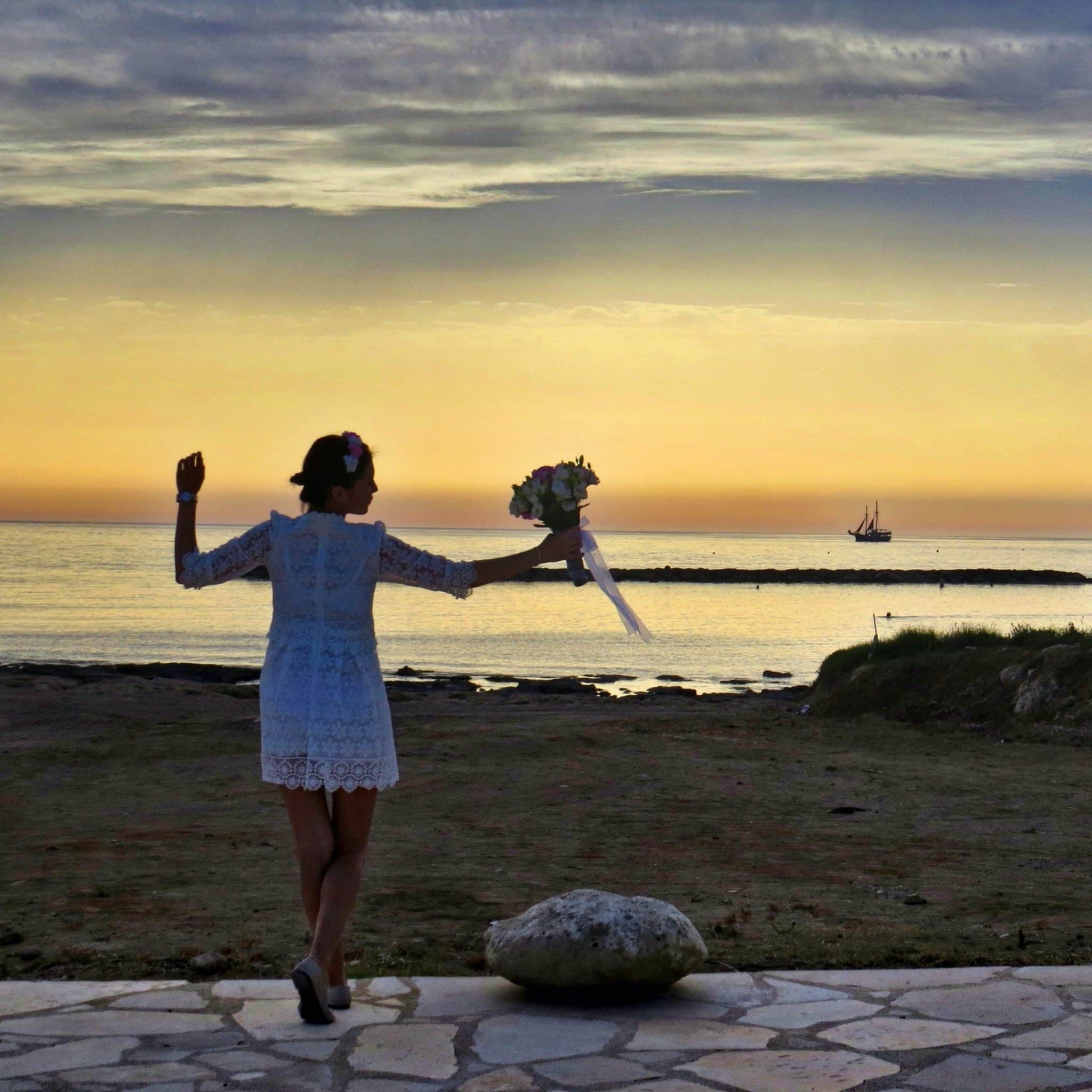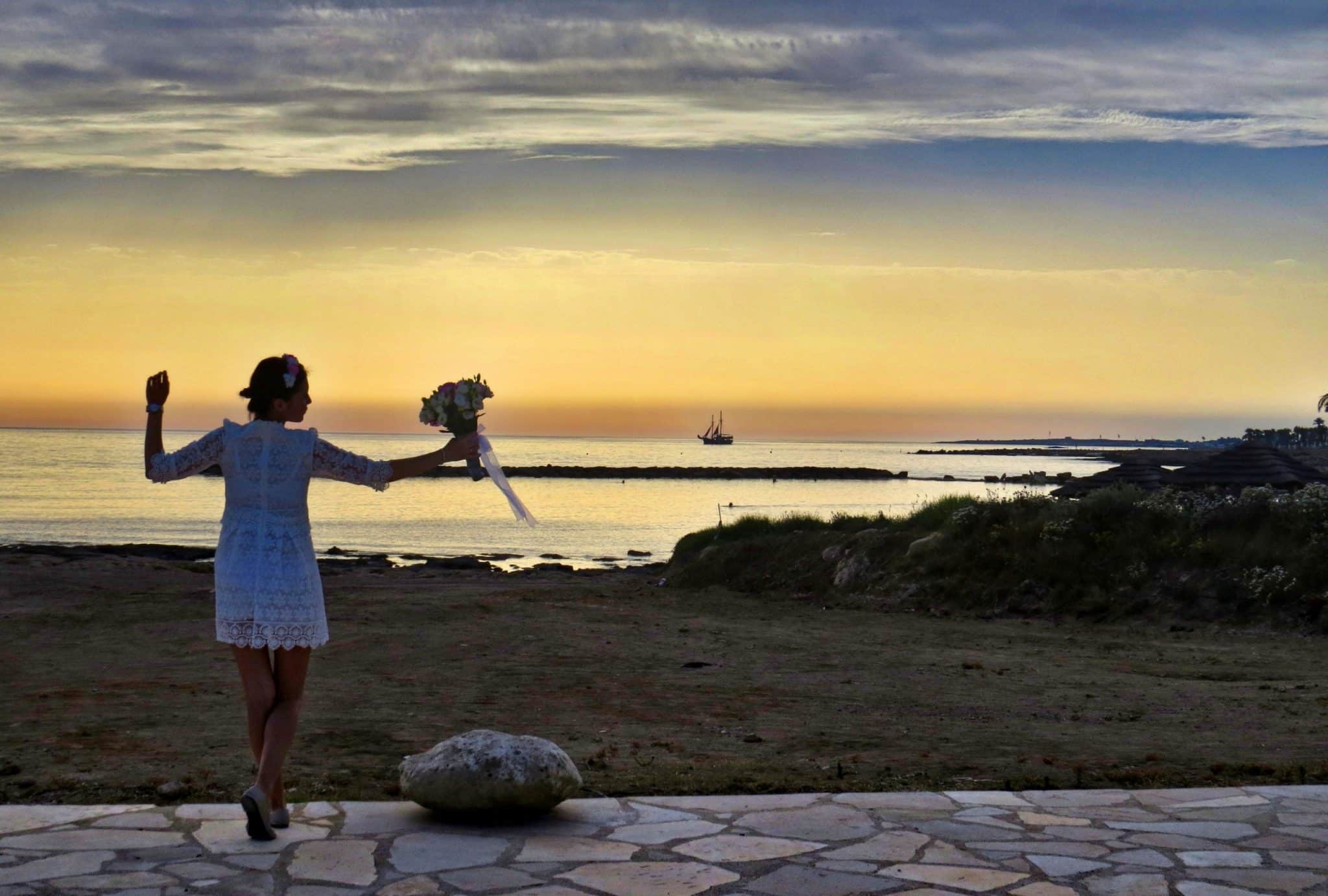With the news that people may able to have legal outdoor weddings in the not-so-distant future, the concept of an outdoor wedding is one which is starting to come to the forefront of couples’ minds when they start thinking about when, where, and how they want to get married. However, outdoor weddings are subject to the elements, so what are the most important things to think about when organising an outdoor wedding, and what kind of contingency plans should you have on the big day?
Outdoor Weddings – Things to Consider
Legality
As we have discussed in a recent article
That said, a celebrant-led wedding offers far more than just an official piece of paper, which is why the celebrant industry is growing so quickly. The flexibility a celebrant-led wedding provides, both in terms of ceremony structure, elements, and the venue itself, means that most people don’t choose a celebrant – or, indeed, an outdoor venue – for the legal aspect.
Season
Think hard about when exactly you want to get married. If you want to get married in winter, perhaps an outdoor wedding isn’t for you – unless you’re embracing the cold and the snow with a winter-themed ceremony and plenty of warm layers! Spring and autumn weather – at least in the UK – can be very unpredictable, which means summer is the absolute best time for outdoor weddings.
A lot depends on the mood you’re going for. Summer weddings will allow you to have a more traditional theme; autumn can be paired with oranges and browns to produce a truly unique autumnal feel to your big day; spring can be meshed with pinks and greens to reflect closeness with nature; while winter outdoor weddings, as mentioned above, can be done right if you plan ahead.
Shelter
Depending on the country you live in, you might want to ensure there’s some sort of shelter nearby just in case the weather doesn’t play ball. In the UK, even during the summer, there’s a chance that you might get rained on. Therefore, organising your venue to have some sort of covered area that you can quickly escape to if the worst come to the worst is an excellent idea, whatever the weather.
If it’s inconvenient to set up shelter in the location you’ve chosen, it may be wise to have the option to retire to an indoor venue close by, just in case. You may be planning an afterparty there anyway, so there might be an option to arrive slightly early if the weather turns foul. At the very least, maybe provide some umbrellas for guests to huddle under!
Decor
Just because you’re having a wedding in stunning outdoor location doesn’t mean you should forget to spruce up the venue a little bit. Flower arches can be one way of doing this, or perhaps providing guests with blankets that match the theme if it’s looking like it might be chilly.
Taking inspiration from the nature around you can lead to some beautiful settings. Greys, greens and whites can blend perfectly with a mountaintop or hilltop wedding, while blues, greens and purples can go perfectly with a lakeside ceremony. Use nature as your moodboard.
In Part 2, we will discuss formality, seating, possible restrictions, and most importantly, toilets!



